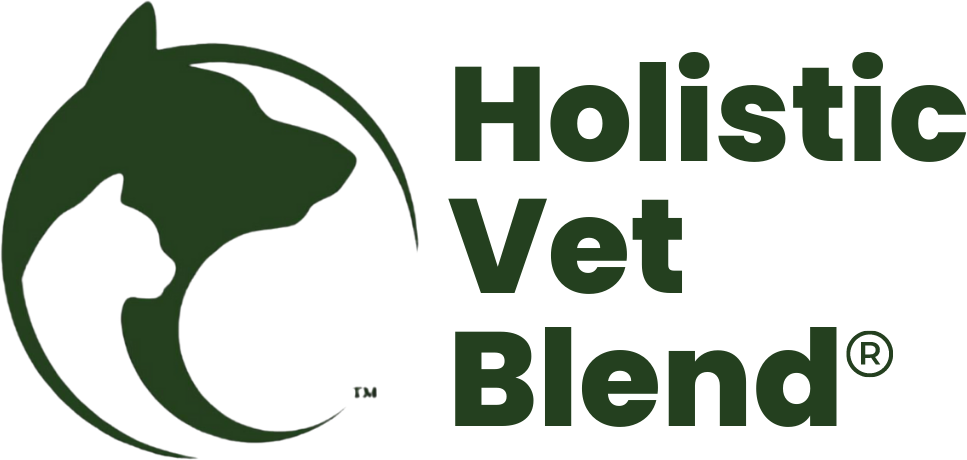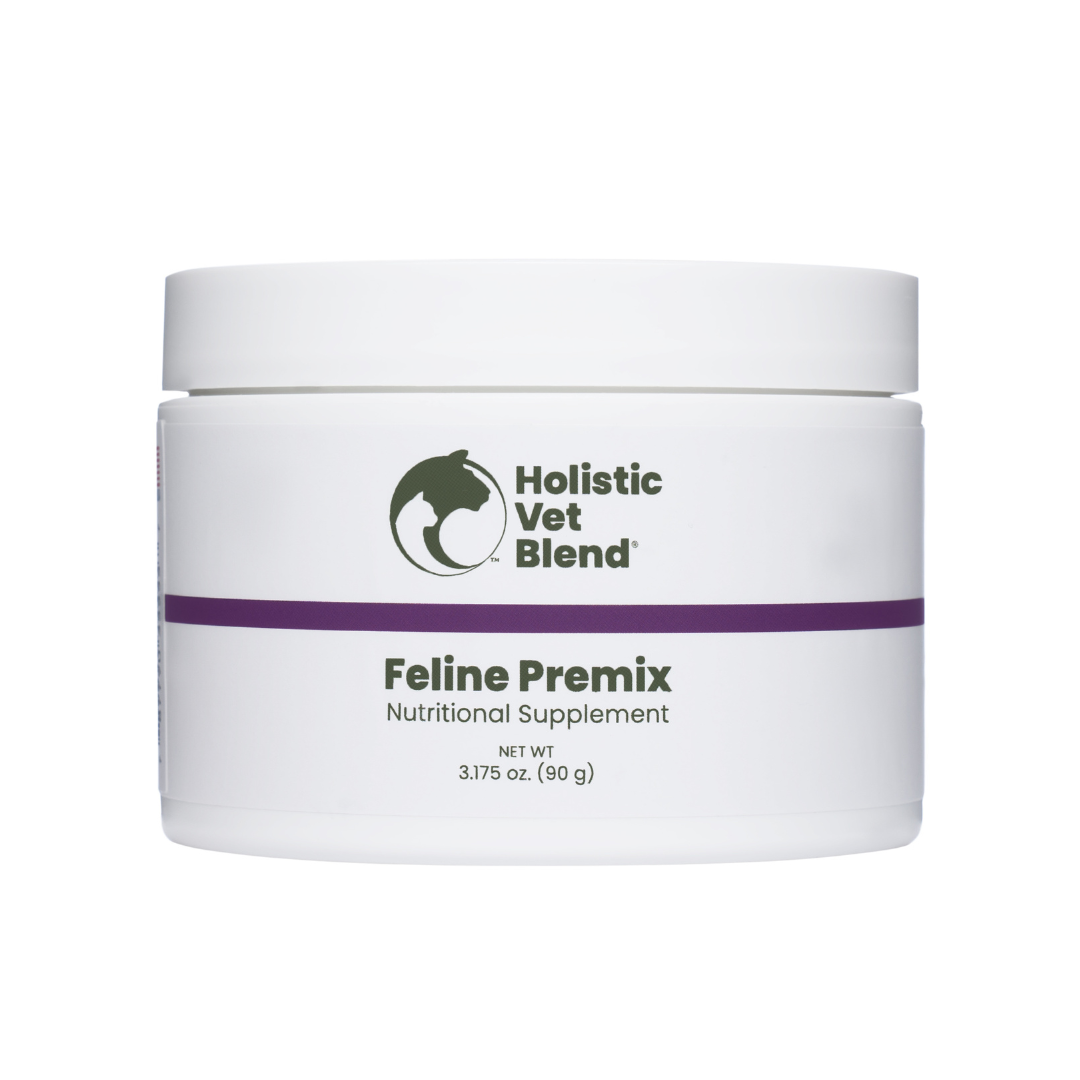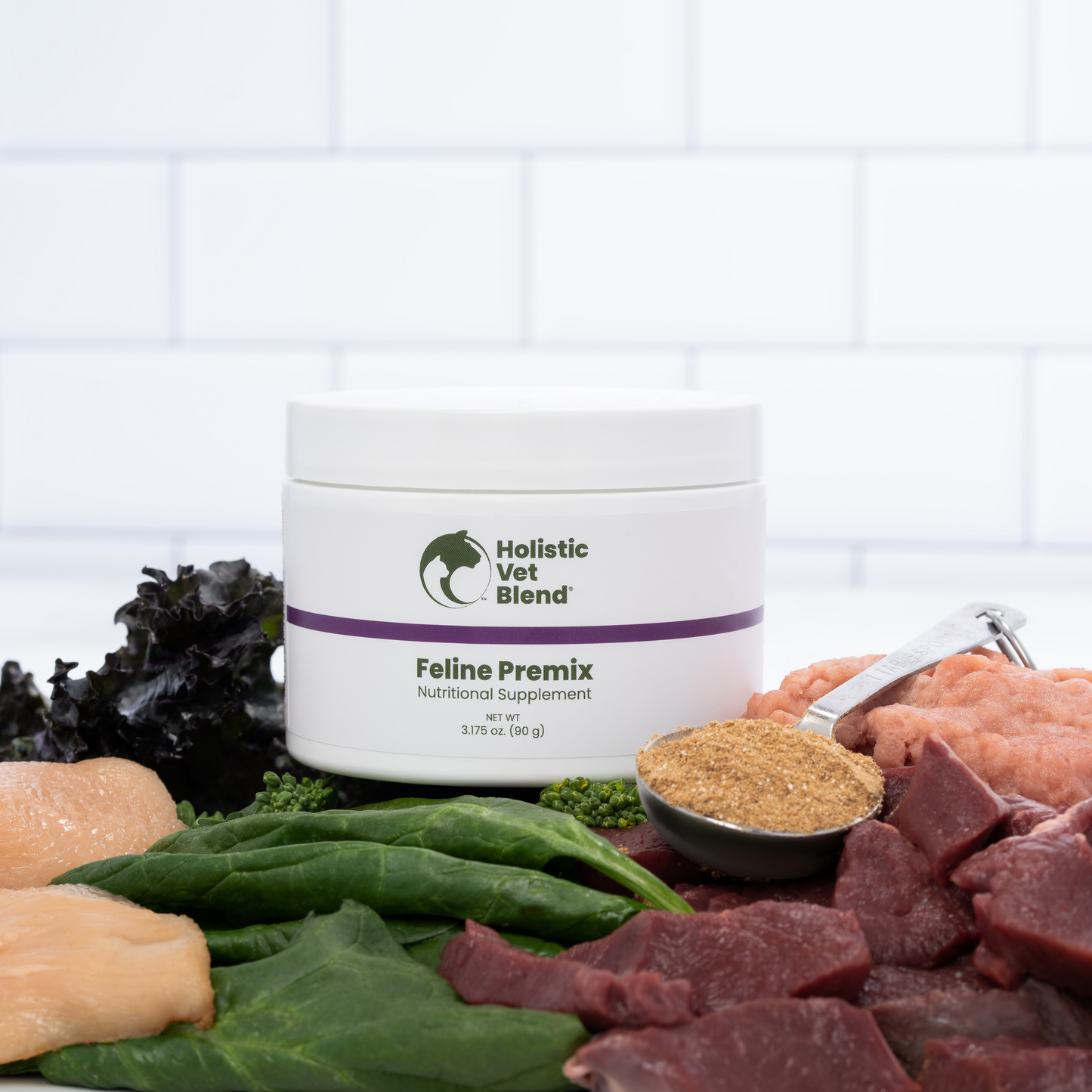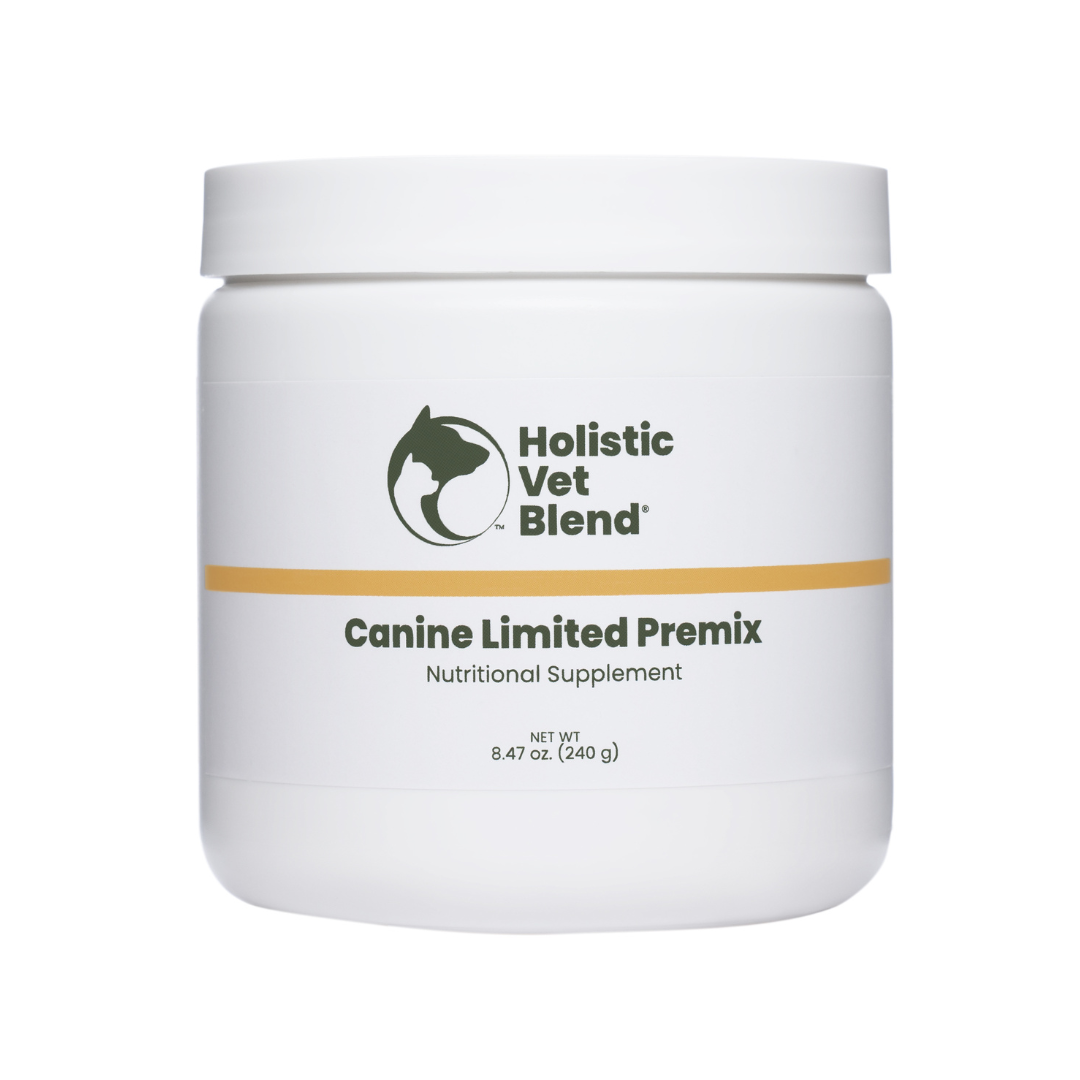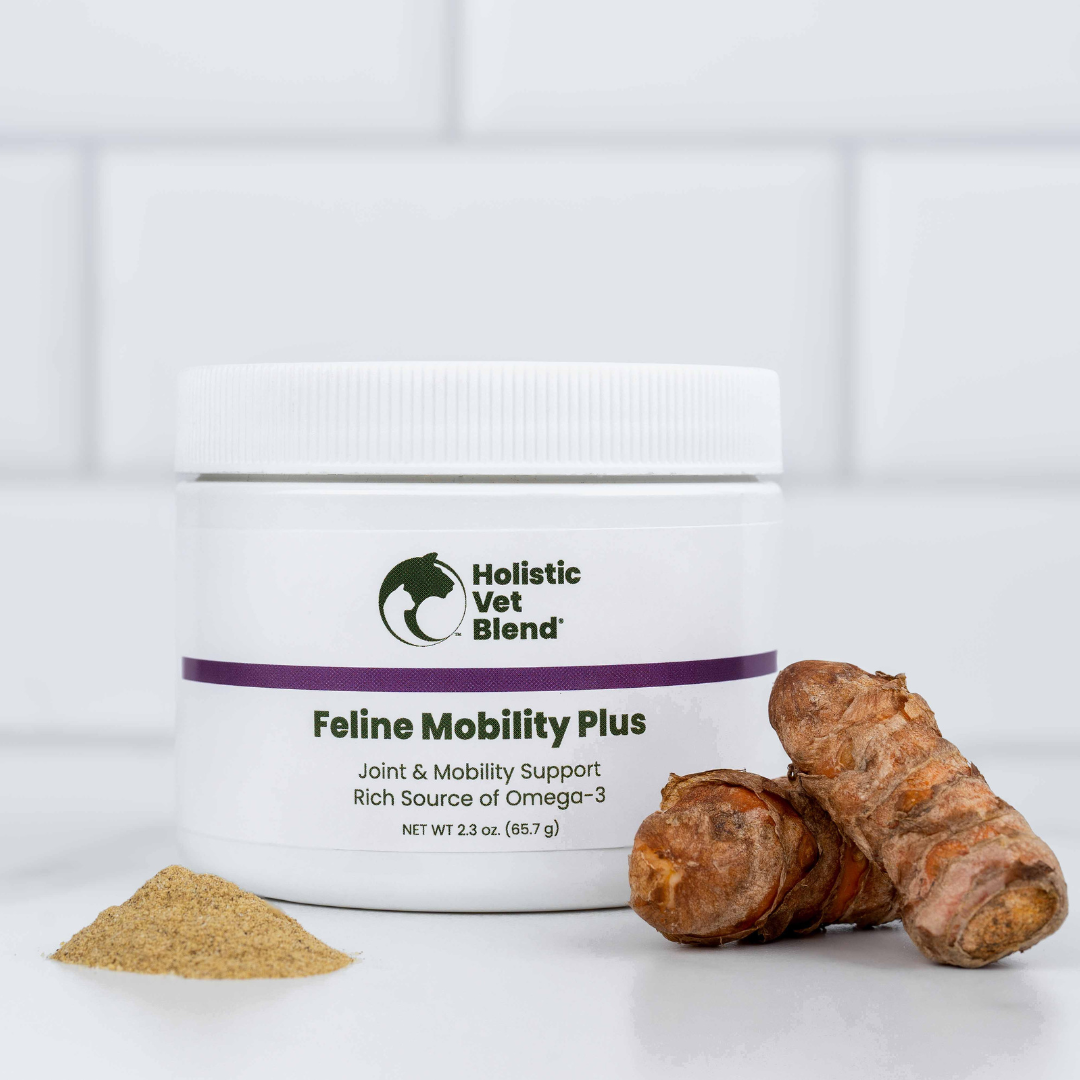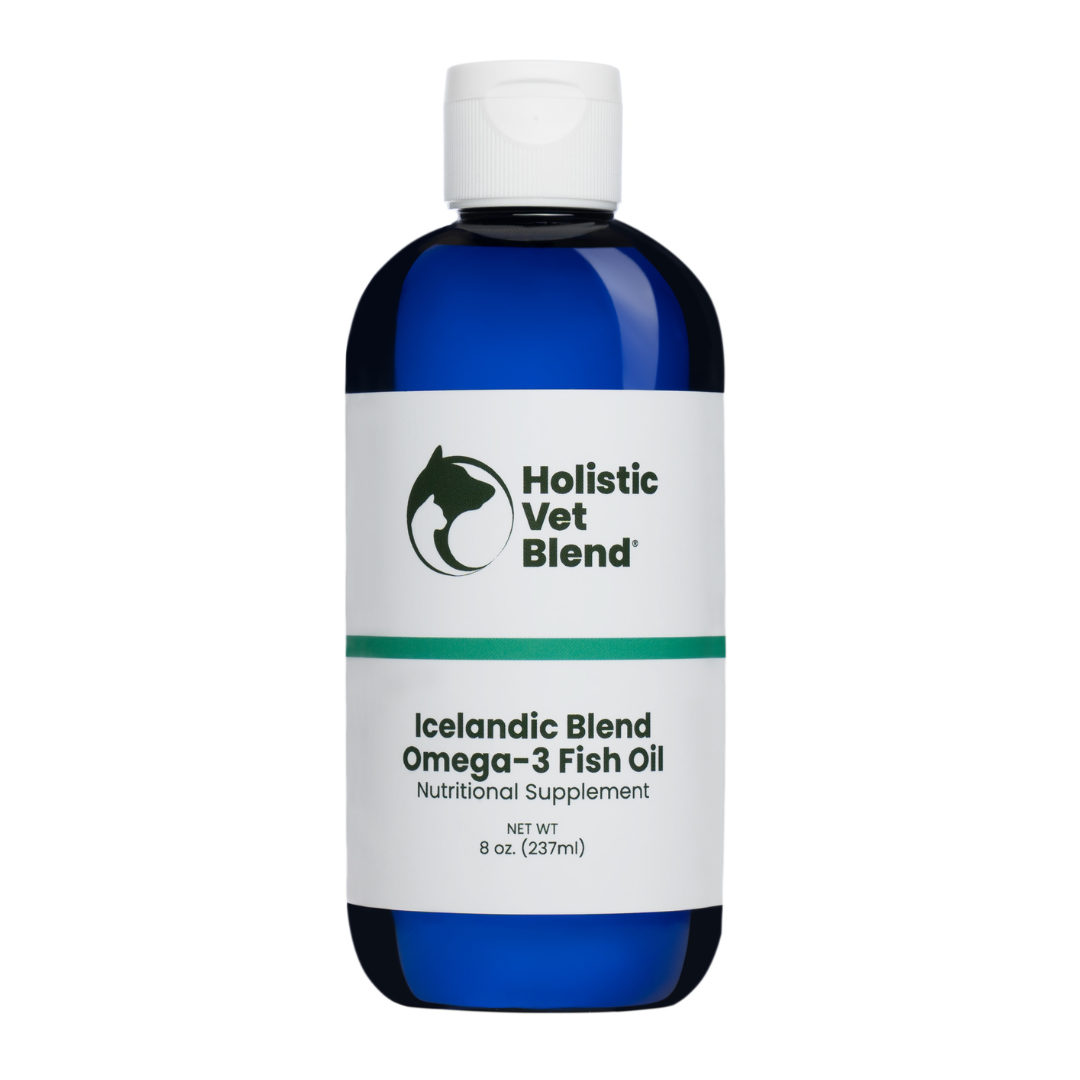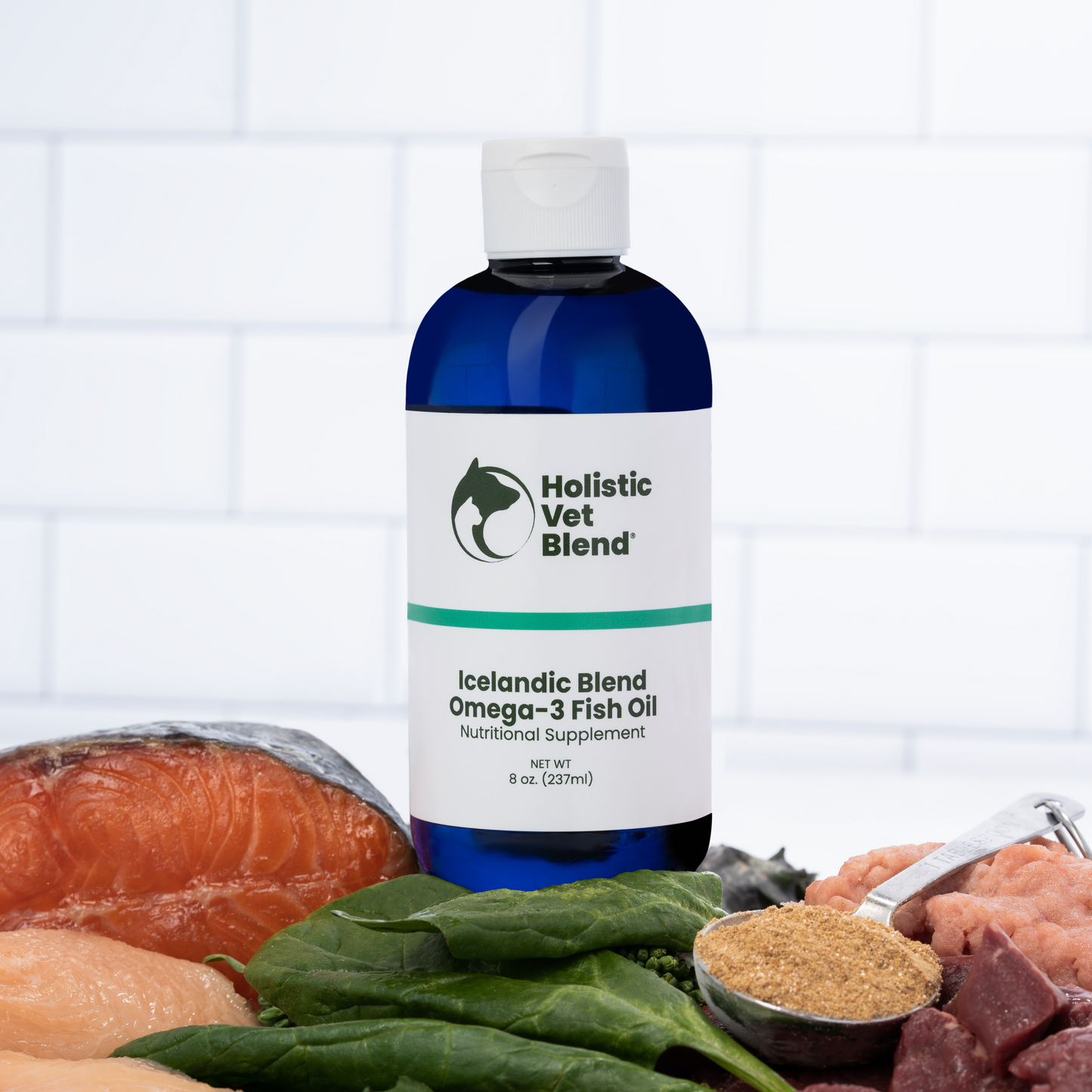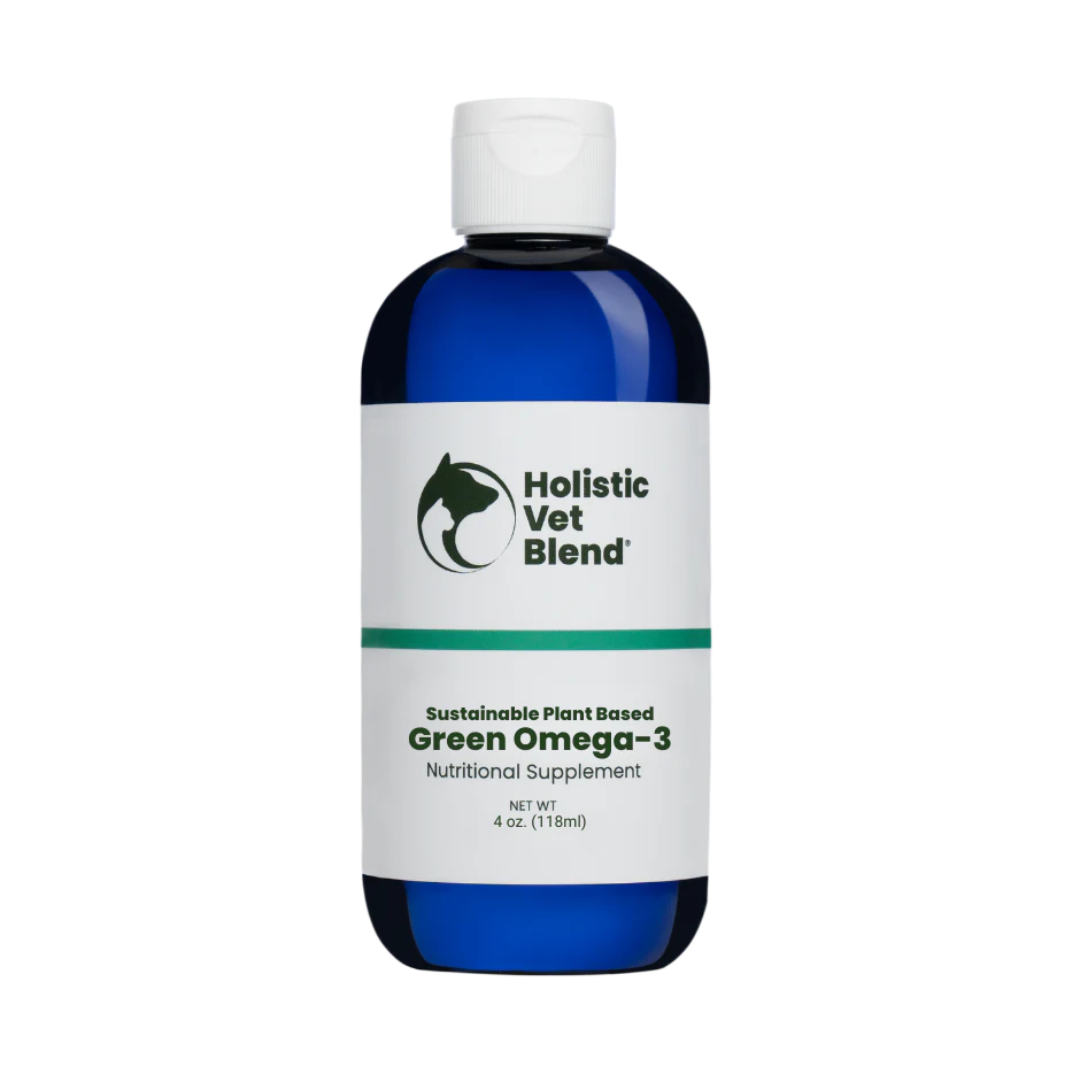
In honor of August being Itchy Pet Awareness month we are doing a tour of allergies. This post is regarding food allergies in dogs. These symptoms are seen year round mostly, but may be worse in dogs that have both food allergies and environmental allergies. Dogs with food allergies often experience intense itching, leading to excessive scratching, licking, and chewing of their skin, paws, and ears.
When we think of food allergies in humans, we think of gastrointestinal symptoms, but these are actually the least common symptoms seen with food allergies in dogs.
Dog Food Allergies vs Dog Food Intolerances
Diet can be a significant contributor to inflammation in the body. Consider the ratio of Omega-6 to Omega-3 fatty acids in the diet. While both types of fatty acids are necessary for proper bodily functions, an imbalanced ratio, such as excessive Omega-6 intake and inadequate Omega-3 intake, has been associated with inflammation[^4^]. Processed commercial kibble tends to have higher Omega-6 to Omega-3 ratios compared to fresh, whole-food options. A study conducted by Dr. Artemis Morris et al., published in the Journal of the Academy of Nutrition and Dietetics, found that the Omega-6 to Omega-3 ratio in processed pet foods was significantly higher than that in fresh food options (1). This imbalance can contribute to chronic inflammation and related health issues in dogs.
How food contributes to inflammation
We seldom think of the diet fed to meat animals. Many are fed corn which yields fattier meat with less quality nutrients when eaten. Grass-fed beef, when compared to conventionally raised beef, offers a notable advantage in promoting a healthier Omega-6 to Omega-3 fatty acid ratio. Grass-fed beef comes from animals that graze on natural grasses and forage, resulting in more nutrient-dense meat. Research suggests that the Omega-3 content in grass-fed beef can be significantly higher than in conventionally raised beef, which is primarily grain-fed. The same applies to chicken that is free to forage on grasses and insects.
.Understanding the difference between food allergy versus food intolerance is essential for proper diagnosis and treatment as food intolerance is actually much more common than true food allergies. Think celiac disease vs gluten sensitive. Environmental allergies are much more common, and the feeding of highly processed foods just fuels the fire.
How highly processed food contributes to inflammation
Processed foods often contain additives, preservatives, refined grains, and unhealthy fats that are not part of our natural ancestral diet. These ingredients have been associated with dysbiosis, disrupted gut microbiota, and an impaired intestinal barrier, which can contribute to systemic inflammation (2) (3). Furthermore, the high consumption of sugars and processed carbohydrates found in processed foods has been linked to increased inflammation (4).
One essential aspect related to inflammation is the ratio of Omega-6 to Omega-3 fatty acids in the diet. While both types of fatty acids are necessary for proper bodily functions, an imbalanced ratio, such as excessive Omega-6 intake and inadequate Omega-3 intake, has been associated with inflammation. Processed commercial kibble tends to have higher Omega-6 to Omega-3 ratios compared to fresh, whole food options. A study conducted by Dr. Artemis Morris et al., published in the Journal of the Academy of Nutrition and Dietetics, found that the Omega-6 to Omega-3 ratio in processed pet foods was significantly higher than that in fresh food options (5). This imbalance can contribute to chronic inflammation and related health issues in dogs.

Signs And Symptoms Of Food Allergies In Dogs
- Persistent itching and scratching
- Skin redness and inflammation
- Frequent ear infections
- Chronic ear or skin infections
- Anal gland issues
Gastrointestinal symptoms are the least prevalent symptoms (10% of dogs with food allergies)
Signs of Food Intolerances in Dogs
Food intolerances, on the other hand, do not involve the immune system. They occur when a dog's digestive system is unable to properly break down or process certain components in their diet. The most common culprits are carbohydrates, such as lactose (found in dairy products) or certain grains.
- Diarrhea
- Flatulence
- Vomiting
- Bloating
- Abdominal pain
- Gastrointestinal discomfort
Importance of Novel Proteins in an Elimination Diet:
Food allergies in dogs often stem from specific proteins found in their diet. By introducing a novel protein, one that the dog has not encountered previously, it minimizes the chance of an immune system overreaction. This allows for the identification and elimination of potential allergens, providing relief for dogs suffering from food allergies.
Choosing the Right Novel Protein:
Some commonly used novel proteins include venison, rabbit, duck, turkey, bison, kangaroo, or even exotic options like alligator. These proteins are less likely to trigger allergic reactions since dogs have not been exposed to them in their regular diet.
How Veterinarians Diagnose Food Allergies in Dogs
It is important to take a systematic approach to unmask the culprit. The gold standard? An elimination diet trial. This involves feeding your pup a novel protein source, and eliminating wheat, corn, and soy. All other treats and table scraps should be eliminated for 8-12 weeks. If the symptoms improve or disappear during this trial, it suggests a food allergy. To confirm the diagnosis, the original diet is reintroduced, and if the symptoms reappear, it further supports the food allergy diagnosis.
Other Types of Dog Food Allergy Testing
There is a growing demand for food allergy testing to identify potential allergens. However, it is important to examine the validity of these tests conducted by independent parties who may benefit financially from running them.
Lack of Scientific Validation:
A review published in the Journal of the American Veterinary Medical Association (JAVMA) examined various studies on pet food allergy testing. The review concluded that there is currently no scientifically validated test available for diagnosing food allergies in pets. This lack of validation raises concerns about the reliability and accuracy of independent food allergy tests.
False Positive and False Negative Results:
Studies have shown that independent food allergy tests can produce false positive or false negative results. False positives may lead to unnecessary dietary restrictions, while false negatives may overlook genuine food allergens. This highlights the limitations and potential risks associated with relying solely on independent testing for food allergies in pets.
Luckily, various management approaches can help alleviate symptoms and improve your dog's quality of life. The best diet for a dog with food allergies is one that works for you. Let's explore a few options for a food elimination diet:
Raw Diets:
Obviously, the closer we can get to what nature intended, the better. But the reality is we are pretty far from nature when it comes to factory-farmed meat. The overuse of antibiotics has led to the presence of antibiotic-resistant bacteria that may become an issue for seniors, pets with medical conditions, and even humans who are exposed to it when handling it. Obtaining quality meat (ideally organic meat) is important when it comes to feeding raw.
Minimally Processed Diets:
When you choose a food that's freshly prepared with a few ingredients and no artificial fillers, you can see exactly what your pup is getting. Minimally processed diets aim to retain as much of the nutrients and goodness in the ingredients as possible. These diets often feature gently cooked or freeze-dried ingredients, providing a middle ground between raw diets and traditional kibble.
Prescriptions Hydrolyzed protein diets
Hydrolyzed protein dog food refers to a type of food where the proteins are broken down into smaller pieces through a process called hydrolysis. This process aims to reduce the allergenic potential of the proteins, making it suitable for dogs with food allergies or sensitivities. Hydrolyzed protein diets are often recommended by veterinarians to manage conditions like food allergies, skin issues, and gastrointestinal reactions.
While hydrolyzed protein diets are intended to be hypoallergenic, it's important to note that they can still contain allergens. Many hydrolyzed protein dog foods are derived from commonly allergenic sources, such as chicken. Although the proteins in these diets have been extensively broken down, there is still a small possibility that traces of allergenic proteins may remain. This is why it's crucial to consult with a veterinarian and conduct proper dietary trials when introducing a hydrolyzed protein diet to a dog with known allergies.

What is the most common food allergy in dogs?
Statistics on the prevalence of chicken allergies in dogs can vary, but according to a study published in the Journal of Small Animal Practice, chicken was found to be one of the most common food allergens in dogs, accounting for approximately 1/3 of all cases. Therefore, it becomes essential to carefully consider the potential allergenicity of hydrolyzed protein diets derived from chicken sources. Picture a plate filled with high-quality ingredients carefully selected to minimize the risk of triggering an allergic reaction. Hypoallergenic diets are specially formulated to do just that. They feature novel protein sources like venison, duck, or kangaroo, paired with carbohydrate sources less commonly found in commercial dog foods. However, it's important to note that some hypoallergenic diets may still contain trace amounts of allergens. So, be sure to read those labels carefully and monitor your pup's response.
Creating an Action Plan: Tracking Symptoms and Nurturing Your Pup
Suspecting your pet has a food allergy can be overwhelming, but fear not, my friend! I've got your back with an action plan.
Best Food Diet for Dogs with Food Allergies
You will want to conduct your food trial with ingredients that are novel or new to your dog. If you suspect food might be a trigger save all labels of the foods that you have fed in the past. Don't rule out a food allergy just because your pet has eaten the same food for years. It's important to note that dogs that have been fed a diet for years can develop a food allergy.
With so many ingredients in many dog foods, it is hard to zero in on what might be novel. Just be systematic and try different proteins, making sure you allow at least 8-12 weeks to observe a measurable difference.
3 pounds of a novel ingredient protein
- Turkey
- Venison
- Lamb
- Rabbit
- Alligator
- Boar
- Bison
- Rabbit
2 TBSP coconut
1 pound of diced carrots (shredded, frozen, fresh cut into bite sized pieces)
8 ounces of greens (cut into bite sized pieces)
- Broccoli
- Spinach
- Kale
- Asparagus
Energy source that would yield 5 cups cooked
- Quinoa (approximately 2 cups uncooked)
- Sweet potato (approximately 3 med/large, 2 large)
- Gluten free macaroni (approximately 2 cups uncooked)
-
Oatmeal: rolled oats (approximately 2 cups uncooked)
2 Tbsp HVB Limited Ingredient Formula: premix with calcium, vitamins, trace minerals, and taurine designed to have few proteins as potential allergens
Omega-3 source: add this when feeding or add to the recipe before heating.
- Krill Oil
- Algae based fish oil
- Flax oil
- HVB Omega-3 fish oil
- Sardines
-
Mackerel
Instructions:
- Cook the meat thoroughly in 2 Tbsp coconut oil.
- In a separate pot steam the carrots and greens.
- Cook your energy source by package directions.
- Combine all the ingredients in a mixing bowl and cool.
- Add the cooked Limited Ingredient formula and Omega-3 source. Mix well to ensure even distribution.
- Serve the elimination diet meal to your pet in their regular feeding bowl. Avoid plastic bowls as they can have allergens.
- Monitor their response for any signs of improvement or adverse reactions.
- During the elimination trial, refrain from feeding your pet any other treats, table scraps, or commercially available pet food.
Here are some key symptoms to track during the elimination diet trial:
- Itching: Note any reduction in intensity or frequency of itching.
- Skin Irritation: Look out for any signs of redness, inflammation, or irritation on their skin. T
- Digestive Issues: Pay close attention to your pup's gastrointestinal health. Monitor their bowel movements, noting any changes in consistency, and especially frequency.
- Ear Infections: Often, food allergies can contribute to recurring ear problems. If you notice a reduction in ear inflammation, oder, discharge, or discomfort, it's a positive indication that the elimination diet is making a difference.
- Overall Energy and Behavior: A positive change in vitality, alertness, and mood could signify that they're feeling better on the new diet.
Once the trial period is complete, it's time for the next step. Reintroduce the original diet and carefully monitor your pup's response. If the symptoms return or worsen, it strengthens the case for a food allergy diagnosis. Many see the response to the new diet and stop there for fear of seeing the adverse effects again.
For more information and a wide variety of homemade pet meal recipes, don't forget to check out our YouTube channel (link to Youtube) . Visit source for additional details and a free mini version of the Holistic Vet Blend Cookbook.
[1] Low-Grade Inflammation and Ultra-Processed Foods Consumption: A Review - MDPI
[2] Processed Foods, Dysbiosis, Systemic Inflammation, and Poor Health - IngentaConnect
[3] Processed Foods Drive Intestinal Barrier Permeability and Microvascular Diseases - Science Advances
[4] Excessive Intake of Sugar: An Accomplice of Inflammation - Frontiers in Immunology
[5] Morris, A., et al. (2019). Analysis of Fatty Acid Content and the Omega-6/Omega-3 Ratio of Commercial Pet Foods - Journal of the Academy of Nutrition and Dietetics

